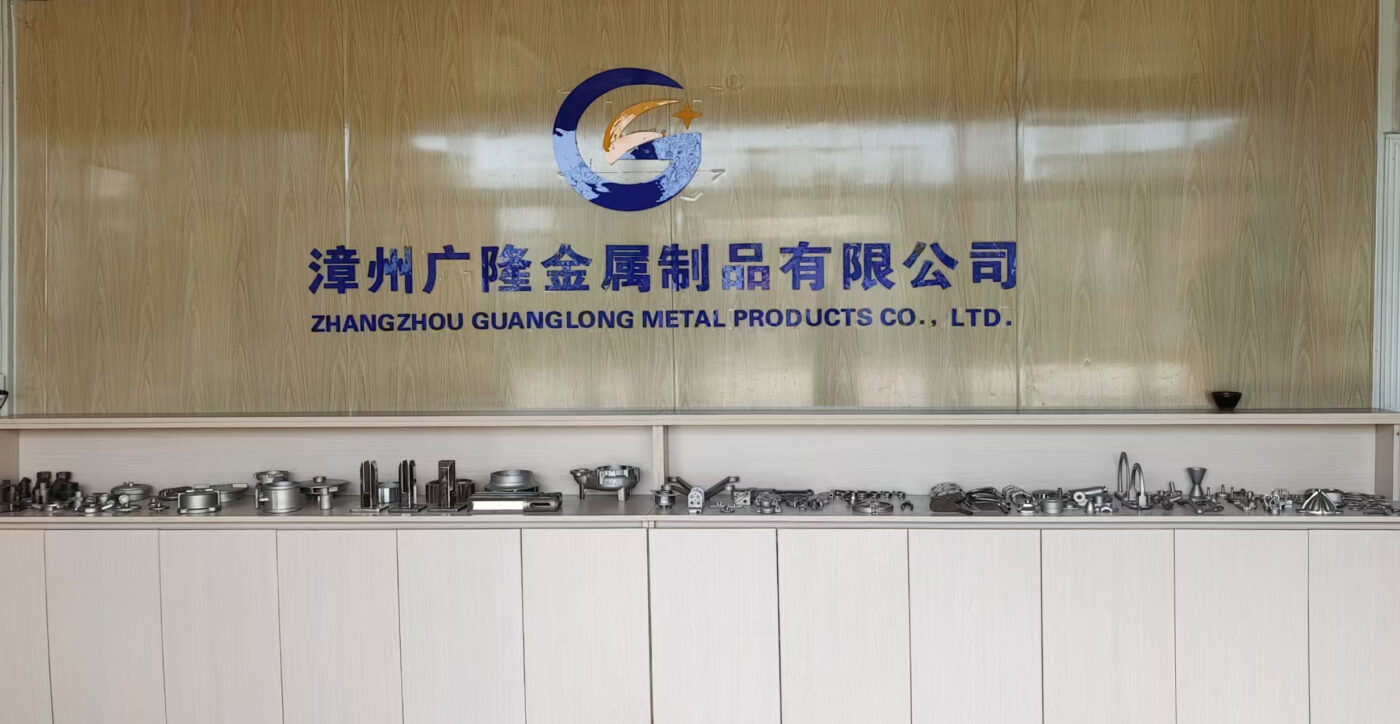TOP 10 advantage of Investment Casting
Investment casting, also known as lost-wax casting, offers several advantages that make it a preferred choice for certain applications. Here are some key advantages of investment casting:
Complex Geometries: – Investment casting is well-suited for producing intricate and complex shapes with fine details, thin walls, and tight tolerances. It allows for the creation of parts with geometric complexity that may be challenging or impossible with other casting methods.
Excellent Surface Finish: – Investment casting provides a high-quality surface finish on the cast parts. The process allows for smooth surfaces and intricate details without the need for extensive post-casting machining. This is particularly beneficial for components where a polished or aesthetically pleasing surface is required.
Wide Range of Materials: – Investment casting can be used with a broad spectrum of materials, including various ferrous and non-ferrous alloys, stainless steel, aluminum, and exotic alloys. This versatility makes it suitable for diverse industrial applications.
Reduced Material Waste: – The precision of the investment casting process helps minimize material waste. The use of wax or plastic patterns allows for the efficient utilization of metal, reducing the amount of material that needs to be melted and cast.
Tight Tolerances: – Investment casting is capable of achieving tight dimensional tolerances, contributing to the production of accurate and high-precision components. This is crucial in industries such as aerospace and medical, where precision is paramount.
Near-Net Shape: – Investment casting often produces parts that are close to the final desired shape, reducing the need for extensive post-casting machining. This can result in cost savings and faster production.
Versatility for Small to Medium Production Runs: – While investment casting is not as suitable for extremely high-volume production as some other methods like die casting, it is well-suited for small to medium production runs. This makes it ideal for industries that require flexibility in production quantities.
Intricate and Thin-Walled Parts: – The process is particularly effective for casting thin-walled sections and delicate features, making it suitable for applications where lightweight components with complex structures are required.
Reduced Tooling Costs: – Compared to certain other casting methods, the tooling costs for investment casting can be relatively lower. This makes it a more cost-effective option for certain applications, especially when the complexity of the part would require expensive tooling in other processes.
Wide Range of Applications: – Investment casting finds applications in various industries, including aerospace, automotive, medical, jewelry, and defense. Its ability to produce high-quality, intricate parts makes it versatile for different sectors.
While investment casting has numerous advantages, it’s important to note that the choice of casting method depends on specific project requirements, including volume, part complexity, material, and cost considerations.
“Sed tristique diam sit amet felis volutpat, vel cursus dolor maximus duis ultricies rutrum dolor et. Interdum et malesuada fames ac ante ipsum primis in faucibus. Integer accumsan tempus finibus.”
Donec vel urna risus. Curabitur placerat hendrerit nisl in fermentum. Suspendisse dui eros, sodales non vulputate at, lobortis ac mi. Vestibulum vel semper nulla. Praesent sodales pellentesque suscipit. Nullam vulputate viverra aliquam. Nunc at mauris vitae nisl ullamcorper maximus eget in purus. Cras auctor dolor et lacus vestibulum venenatis. Maecenas a bibendum velit. Donec at sapien erat. Nulla pulvinar elit sed justo gravida, nec fringilla.

